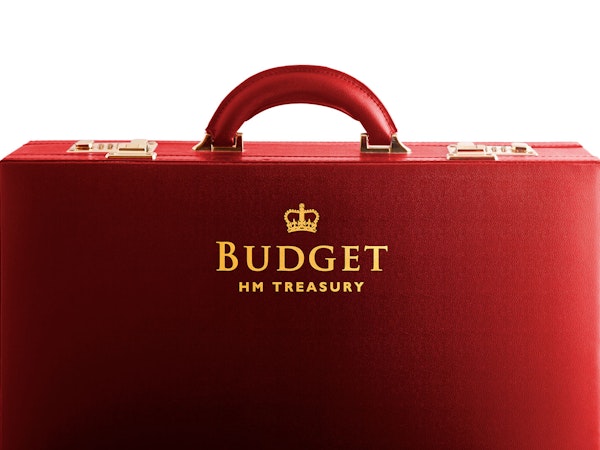Year end tax planning time – use it or lose it
The end of the 2019/20 tax year is approaching and some of your tax reliefs and allowances will be lost if not used before 6 April 2020.

Income and gains arising in individual savings accounts (ISAs) are free of tax. You can invest up to £20,000 in ISAs in each tax year, but unused allowance cannot be carried forward. You can invest in one cash ISA, one stocks and shares ISA and one innovative finance ISA each tax year. If you are aged 18 to 39 you can, within the overall limit, invest up to £4,000 in a lifetime ISA.
There is an annual limit of £40,000 on pension contributions that qualify for tax relief, reduced to £10,000 or £4,000 in certain circumstances. You can carry forward unused annual allowances for up to three years to offset against a contribution of more than the annual limit.
- Tax relief on pension contributions is at least 20% but may be up to 45% (46% in Scotland). You may be able, year by year, to maximise the amount of pension contributions that qualify for relief greater than 20%.
- People with little or no earnings can contribute up to £2,880 to a personal pension – tax relief of up to £720 is then added to the personal pension by HMRC even if you do not pay tax. You could set up a pension for your partner or children.
Directors and some employees could avoid the highest income tax rates for this tax year, or the next one, by delaying or bringing forward income, such as a bonus or dividend. If your business is affected by the off payroll working rules (IR35) you should calculate how much salary to draw before 6 April 2020 to avoid being taxed on a ‘deemed payment’. You also need to plan for the off -payroll working rule changes from April 2020.
Planning for couples
Couples may have more opportunities to plan their tax if they can shift income from one to the other.
- You should aim to use both individuals’ personal allowance and minimise any higher and additional or top rate tax.
- Reorganising your investments between you may make better use of the tax-free allowances for dividend and savings income.
- If you are in business, you could pay your partner a salary or employer’s contribution to their pension plan.
Capital gains
As far as capital gains tax (CGT) is concerned you should generally aim to use your £12,000 annual exempt amount by making suitable disposals before 6 April 2020.
- Careful timing of disposals before or after the tax year end may reduce the tax rate on your gains.
- Transferring assets between married couples or civil partners before disposal might save CGT.
CGT is usually paid on 31 January after the end of the tax year in which you make the disposal, so you could delay a major sale until after 5 April 2020 to postpone paying tax for 12 months. However, from 6 April 2020, a payment on account of CGT must be made within 30 days of a residential property disposal (where it is not an exempt principal private residence). So CGT will be payable much sooner on such a disposal made early in 2020/21 compared with one during 2019/20.
Procrastinating on year end planning rarely pays – April will be here quicker than you think.
You may be able, year by year, to maximise the amount of pension contributions that qualify for relief greater than 20%”






